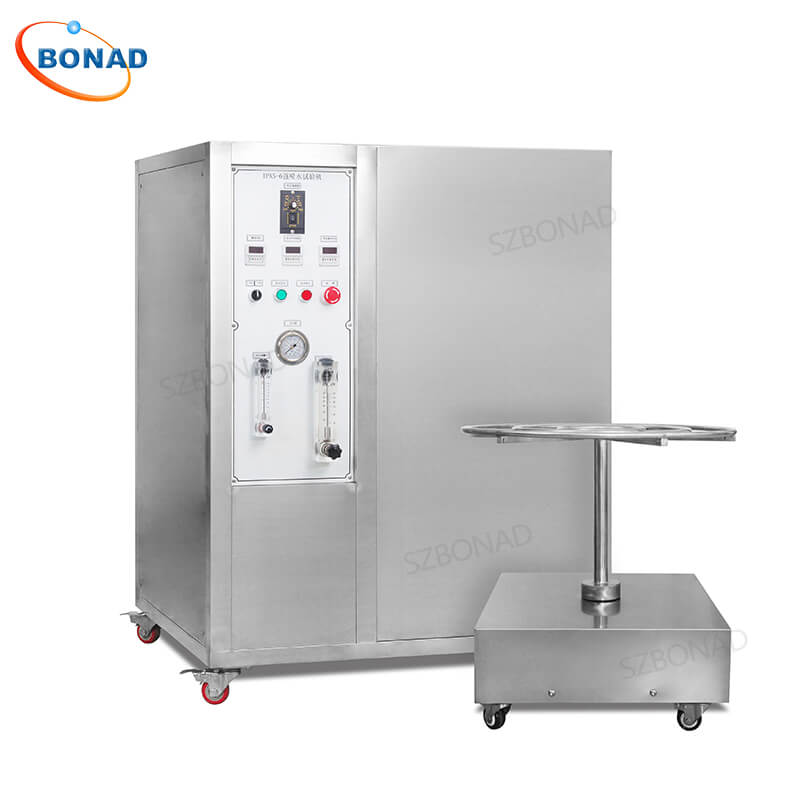Ensuring precise measurements is crucial for maintaining quality control, adhering to industry standards, and optimizing operational efficiency in industrial environments. Proper maintenance of test equipment and gauges is vital for sustaining accuracy, reliability, and consistency in measurements. By adhering to best practices and maintenance guidelines, businesses can improve measurement precision, extend the lifespan of their instruments, and achieve exceptional performance in their operations. This article provides essential tips for maintaining test equipment and gauges to enhance measurement accuracy and optimize quality control processes.
1. Conduct Regular Calibration
Routine calibration checks are fundamental for guaranteeing the accuracy and dependability of test equipment and gauges. Develop a calibration schedule based on manufacturer recommendations, usage frequency, and environmental conditions to verify precision and maintain calibration tolerances. Utilize certified calibration standards and procedures to ensure traceability and consistency in measurements. Regular calibration helps detect deviations, identify calibration drift, and correct measurement errors, ensuring that instruments operate within specified tolerances over time.
2. Clean and Maintain Equipment
Proper cleaning and upkeep of test equipment are critical for optimizing accuracy and performance. Keep instruments free from dust, contaminants, and damage by regularly inspecting them for signs of wear or corrosion. Address any issues promptly to maintain instrument integrity. Use suitable cleaning solutions, tools, and techniques to clean surfaces, lenses, probes, and connectors, ensuring they remain in optimal working condition for accurate measurements.
3. Store Instruments Appropriately
Correct storage of test equipment is essential to protect it from environmental factors such as moisture, temperature fluctuations, and physical damage that can impact measurement accuracy. Store instruments in designated areas or protective cases to shield them from dust and hazards. Ensure storage environments are clean, dry, and temperature-controlled to maintain instrument integrity. Proper storage practices help extend the lifespan of instruments while preserving their measurement accuracy.
4. Follow Manufacturer Recommendations
Adhere strictly to the guidelines provided by instrument manufacturers regarding care, handling, operation, maintenance schedules, calibration intervals, and service requirements. Understanding instrument specifications helps avoid misuse or errors that could affect measurement accuracy. By following manufacturer recommendations diligently, businesses can ensure optimal performance, accuracy, and longevity of their test equipment.
5. Train Personnel on Maintenance Procedures
Provide comprehensive training for operators, technicians, and maintenance staff on proper handling, operation, cleaning techniques, calibration procedures, storage practices, troubleshooting methods, and error identification related to test equipment maintenance. Educating staff ensures accurate measurements by preventing errors due to improper use or maintenance practices.
In summary, maintaining test equipment properly is crucial for enhancing measurement precision in industrial applications. By following best practices such as regular calibration checks; proper cleaning; appropriate storage; adherence to manufacturer guidelines; comprehensive staff training—businesses can improve measurement accuracy significantly while extending instrument lifespan resulting in superior quality control processes overall.
Investing time into proper maintenance practices ensures accurate reliable consistent measurements meeting quality standards regulatory requirements customer expectations within modern industrial environments.


